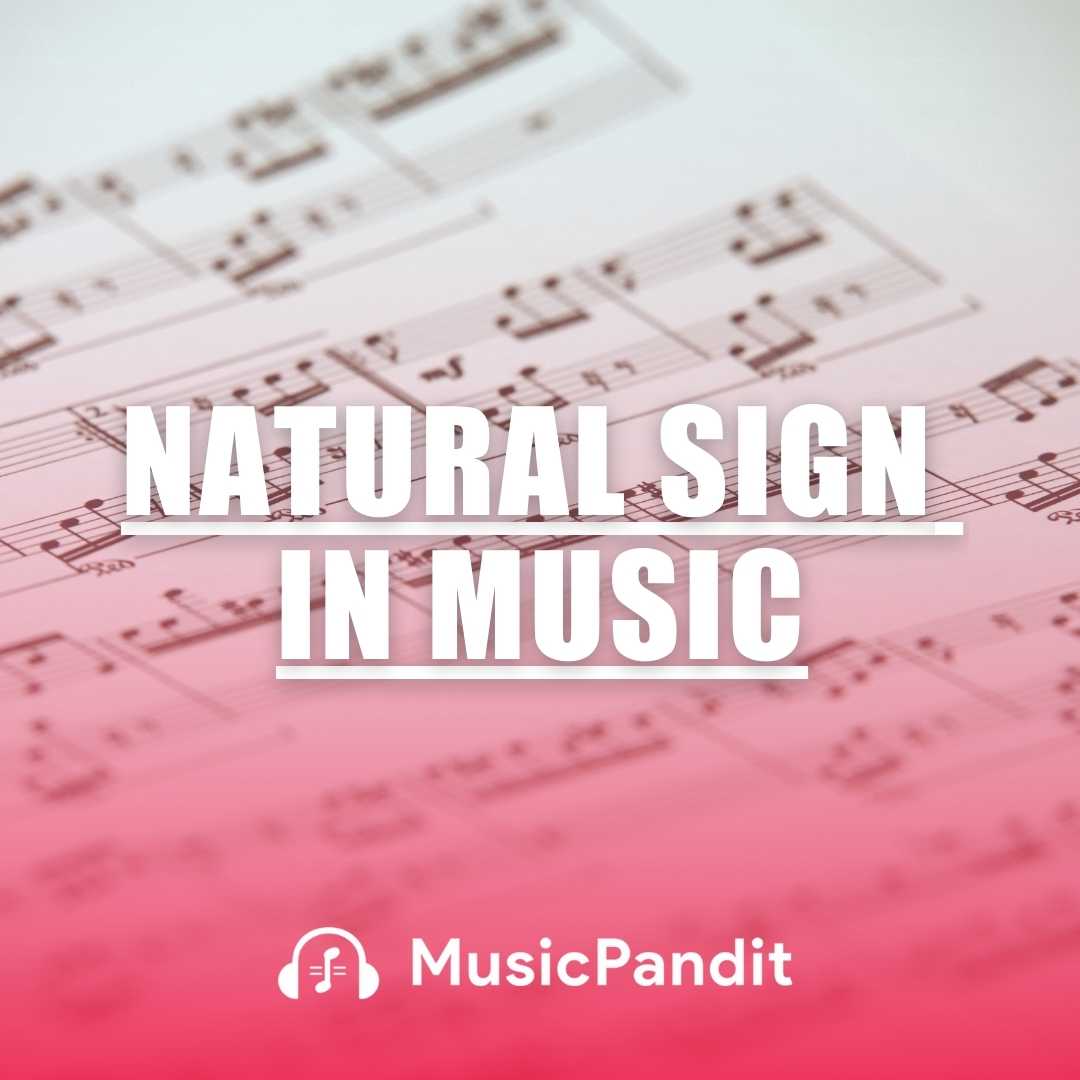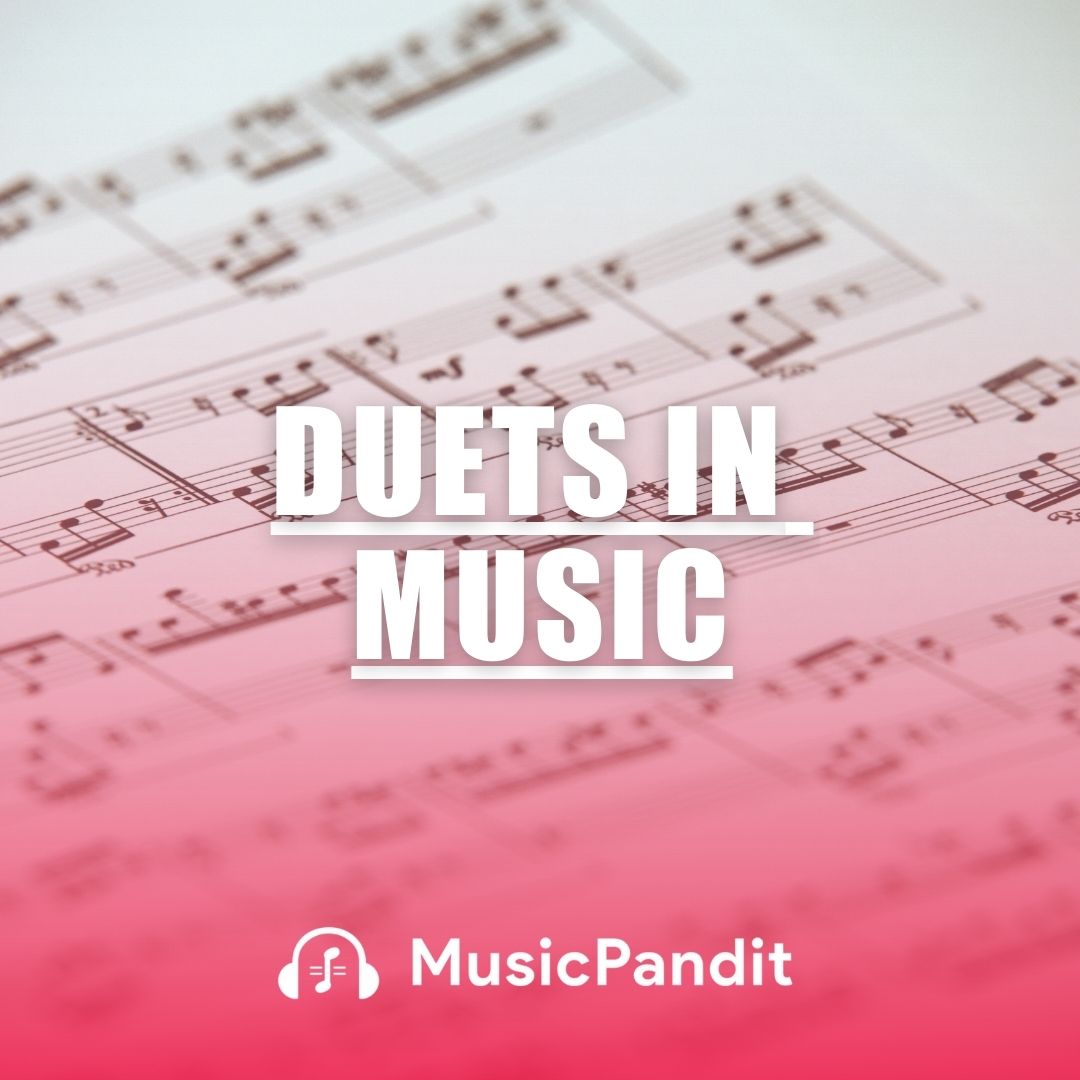Time signatures are fundamental to understanding how music is structured and played. They tell us how to count the music and provide a framework for rhythm. This guide will walk you through what time signatures are, their importance, how to read them, and their applications across different instruments and singing.
What is a Time Signature?
A time signature is a notational convention used in music to specify how many beats are in each measure and which note value is equivalent to one beat. It’s usually presented at the beginning of a piece of music and consists of two numbers: the top number and the bottom number.
The Top Number
The top number indicates how many beats are in a measure. For example, a 4/4 time signature means there are four beats in each measure.
The Bottom Number
The bottom number indicates the note value that receives one beat. For example, in a 4/4 time signature, the bottom number is 4, meaning a quarter note gets one beat. Common bottom numbers include:
- 1: Whole note
- 2: Half note
- 4: Quarter note
- 8: Eighth note
- 16: Sixteenth note
Importance of Time Signatures
Time signatures are crucial for several reasons:
Structure: They provide a regular rhythm structure, making music easier to follow and perform.
Expression: Different time signatures can give a piece of music its unique feel and character.
Coordination: They help musicians play together, ensuring that everyone stays in sync.
How to Read Time Signatures
Simple Time Signatures
Simple time signatures have a top number of 2, 3, or 4. They indicate that each beat can be divided into two equal parts. Examples include:
2/4: Two quarter note beats per measure, often used in marches.
3/4: Three quarter note beats per measure, commonly found in waltzes.
4/4: Four quarter note beats per measure, also known as “common time.”
Compound Time Signatures
Compound time signatures have a top number that is a multiple of three (except three itself), such as 6, 9, or 12. These indicate that each beat can be divided into three equal parts.
Examples include:
6/8: Six eighth note beats per measure, often felt as two groups of three beats.
9/8: Nine eighth note beats per measure, often felt as three groups of three beats.
12/8: Twelve eighth note beats per measure, often felt as four groups of three beats.
Complex and Irregular Time Signatures
Complex or irregular time signatures do not fit neatly into the simple or compound categories. They may combine different groupings of beats. Examples include:
5/4: Five quarter note beats per measure, often grouped as 3+2 or 2+3.
7/8: Seven eighth note beats per measure, often grouped in varying combinations like 2+2+3 or 3+2+2.
Uses and Benefits of Time Signatures
Specific Applications
- Piano: Pianists must be adept at reading different time signatures to play diverse repertoire from classical to contemporary music.
- Guitar: Understanding time signatures helps guitarists in strumming patterns and syncopation.
- Drums: Drummers often use time signatures to maintain rhythm and add dynamic accents.
- Singing: Singers use time signatures to stay in rhythm with the accompaniment and ensure that their phrasing matches the musical structure.
Related Topics
Changing Time Signatures
Composers sometimes change time signatures within a piece to add variety and complexity. This is indicated by placing a new time signature at the start of a measure.
Key Signatures
While time signatures deal with rhythm, key signatures are related to the pitch. Together, they provide a comprehensive framework for reading and performing music.
Conclusion
Time signatures are an essential part of musical notation that provides the foundation for rhythm and structure in music. Understanding how to read and interpret time signatures is crucial for any musician, whether you are playing an instrument or singing. By mastering time signatures, you’ll be better equipped to tackle a wide range of musical pieces and enhance your overall musicianship.














